By Brian Corrigan
MSNHA consultant
When I was a child growing up in the nearby Shoals, Decatur was synonymous with the Point Mallard water park. But it turns out the River City has a rich and storied history, having survived occupation and near-total destruction by Union troops during the Civil War. During the 1930s, after the Supreme Court overturned the rape convictions of nine defendants in the Scottsboro Boys case, new trials were held in Decatur, with defense attorneys challenging the systematic exclusion of African Americans from jury rolls. Many of the Black citizens who risked retaliation to testify and provide names of eligible jurors hailed from Old Town, Decatur’s oldest neighborhood and its oldest property to be continuously occupied by African Americans.

Though much of Old Town has disappeared due to “urban renewal,” the neighborhood was the centerpiece of Decatur’s Black community during the Jim Crow era. Its past survives in the memories of those who grew up there, and thanks to the tireless efforts of Old Town natives like artist Frances Tate and historian Peggy Towns (below), Old Town is getting more of the recognition it deserves. An MSNHA OnCell tour of the neighborhood, designed in partnership with Ms. Towns and retired pastor Wylheme Ragland, guides visitors through Old Town’s history, telling the stories behind some of its most significant places while using photographs and animations to illustrate its transformation over time.

Old Town began as a white, working-class neighborhood, with its first lot sold five years prior to the incorporation of Decatur. It was rebuilt after the Civil War and settled by former slaves, who were attracted by new industrial employment opportunities. There were educational opportunities, too, albeit rigidly segregated ones, and by the turn of the century Old Town boasted a sizeable population of Black professionals. Among them was Dr. Willis E. Sterrs, Decatur’s first Black doctor and the founder of its first hospital, the Cottage Home Infirmary (below). A bustling business district also developed on Vine Street, where black entrepreneurs lived and worked alongside immigrant business owners like the Namie and Shaia families.
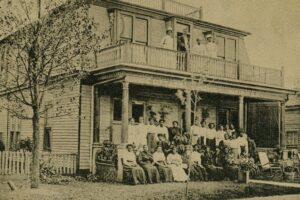
Unlike much of the rest of Old Town, several historic churches still stand and continue to serve as the backbone of the Old Town community. During the era of segregation, these churches were the locus of resistance to racism and Jim Crow in Decatur. The most visually striking is First Missionary Baptist Church (below) with its ethereal stained-glass windows. Built in 1921 and designed by renowned Black architect Wallace A. Rayfield, it is the home of Decatur’s second oldest African-American congregation. During the Scottsboro Boys trials, the church hosted meetings between attorneys and prospective Old Town jurors.
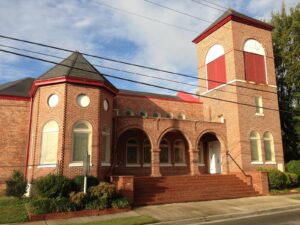

Decades later, after the arrest of intellectually disabled Old Town resident Tommy Lee Hines sparked a local protest movement, SCLC president Dr. Joseph Lowery delivered a speech to an audience of local activists at First Missionary Baptist. Wayman Chapel African Methodist Episcopal Church, meanwhile, served as a gathering place for marchers on the one-year anniversary of Hines’s arrest. Led by Lowery, the protesters left Wayman Chapel and marched down Bank Street along Old Town’s eastern boundary, where they clashed with an armed mob of “Klansmen and other white supremacists.”
Visit Decatur to see this historic neighborhood for yourself and let MSNHA’s Old Town Decatur OnCell tour be your guide. Look for the MSNHA signage behind the Historic Decatur Union Depot and scan the QR code or visit msnha.oncell.com. ###
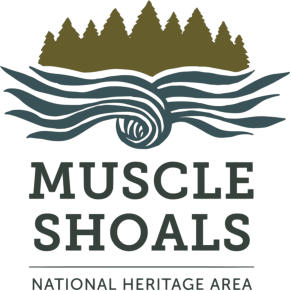


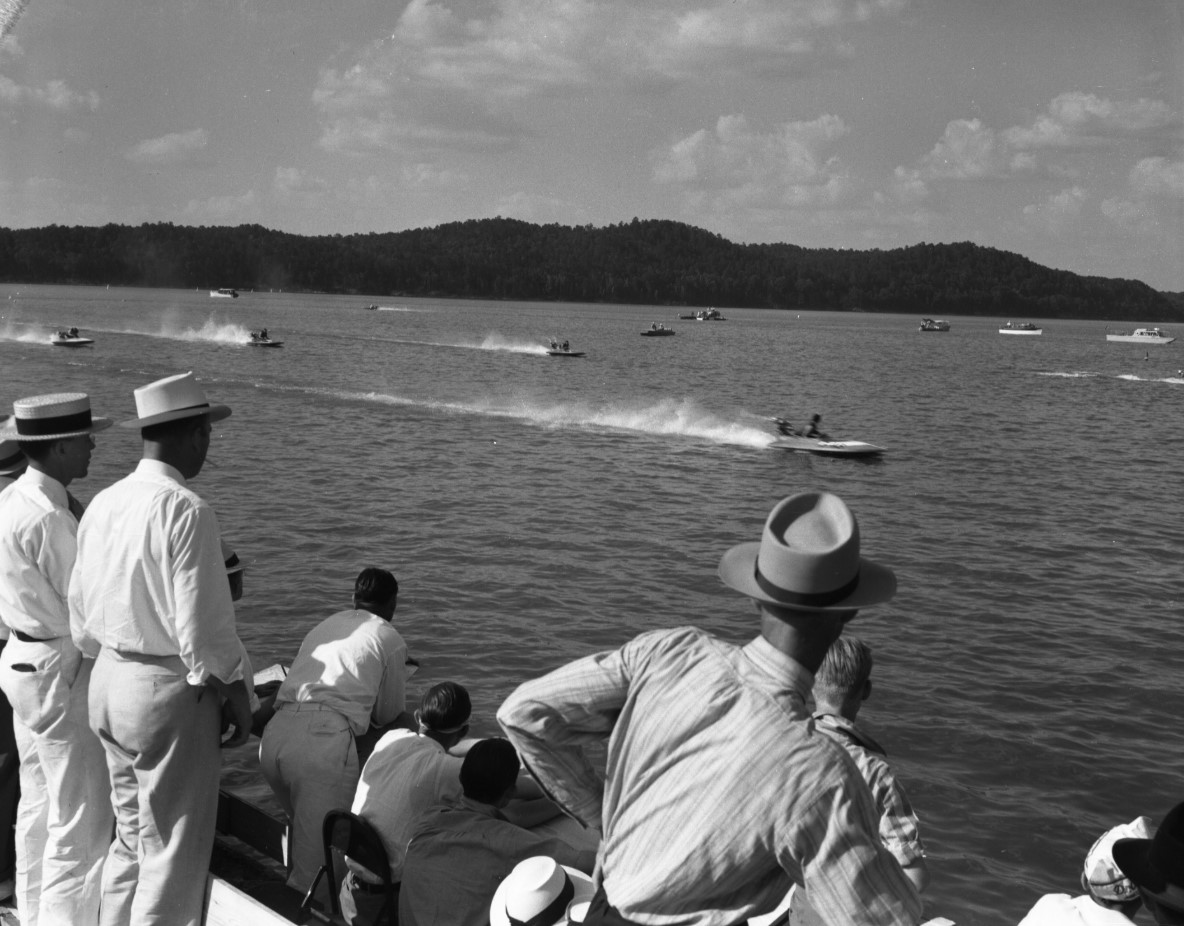
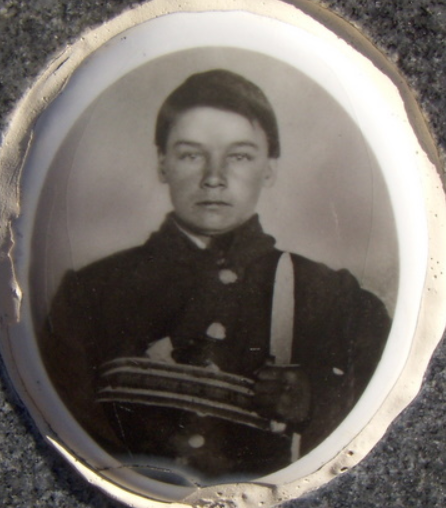

One Response
Mrs. Towns, thanks for the countless hours you spend researching historical facts. You educate us daily.